Are you a woman over 40 and noticing it’s getting harder to lose weight? Got some extra stubborn fluff and puff around the middle? Maybe you’re finding that the diets you did in your 20’s or 30’s don’t work as fast as they used to or don’t even work at all! If you’re already well past 40, chances are you’ve found it’s harder to lose weight. And, those inches around your waistline won’t budge.
Yes ladies, “Middle Age Spread” is a real thing. Now before you click the little “x” on your browser to close this page and curse my name in disgust, sit tight. First, I’m going to lay out the facts of why this happens to most women. Then, I’m going to give you some action steps you can take to start losing weight again!
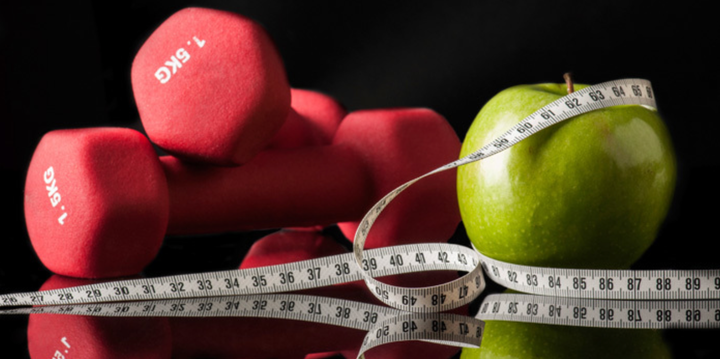
Hormones.
Ok, no big surprise here. During perimenopause, our estrogen and testosterone levels start to drop. By menopause, they plummet. This is probably why approximately 30% of women between 50 and 59 are obese.
There appears to be a connection between estrogen and body weight regulation. With lower estrogen levels, lab animals tend to eat more and be less physically active. Levels that are too high or too low appear to lead to fat storage. And, lower estrogen levels may also slow down your metabolic rate (the speed at your body converts stored energy into working energy).
Being Less Active.
Many of us just slow down with age and exercise less. This is just bad all around. This is true for both men and women. Here’s why:
Sarcopenia. Sar-who? Naturally as we get older, we gradually lose muscle mass – a little bit every year. It actually starts happening as early as 30. The less muscle we have on our bodies, the slower our metabolism is and the easier it is to gain weight.
We also lose aerobic fitness as we age, further slowing down our ability to use up energy when we exercise. In other words, we burn less calories when we exercise.
If you were very active in your younger years, you may have had some injuries. Like a spicy pepperoni pizza does after dinner, those injuries from your carefree days can come back to haunt you. These ghosts of injuries past show up in the form of early arthritis, bone spurs, tighter muscles, pinched nerves, etc. After our 30’s, new injuries also take longer heal. No wonder we slow down.
Not Getting Enough Quality zzz’s.

lack of sleep can cause weight gain
Many women have trouble sleeping during menopause due to hot flashes, night sweats, stress and the other fun stuff that goes along with low estrogen levels. Migraines anyone?? The bummer is poor sleep is linked to hunger and weight gain because of two more hormones: ghrelin (the “feed me” hormone) and leptin (the “I’m full” hormone). Here’s a short blog I wrote on that topic. If you’re sleep deprived, these hormones get out of whack.
Increased insulin resistance.
As we age, we tend to become more insulin resistant which can put us at risk for type 2 diabetes. When you eat foods that break down into sugar, the pancreas pumps out insulin to escort the sugar out of your blood. People with Insulin resistance don’t use insulin effectively so that cells have trouble absorbing sugar which causes a buildup of sugar and insulin in the blood. Researchers still aren’t 100% in agreement as to why, but at the end of the day, people with insulin resistance gain weight, particularly around the middle. And some research shows that lack of estrogen may cause insulin resistance.
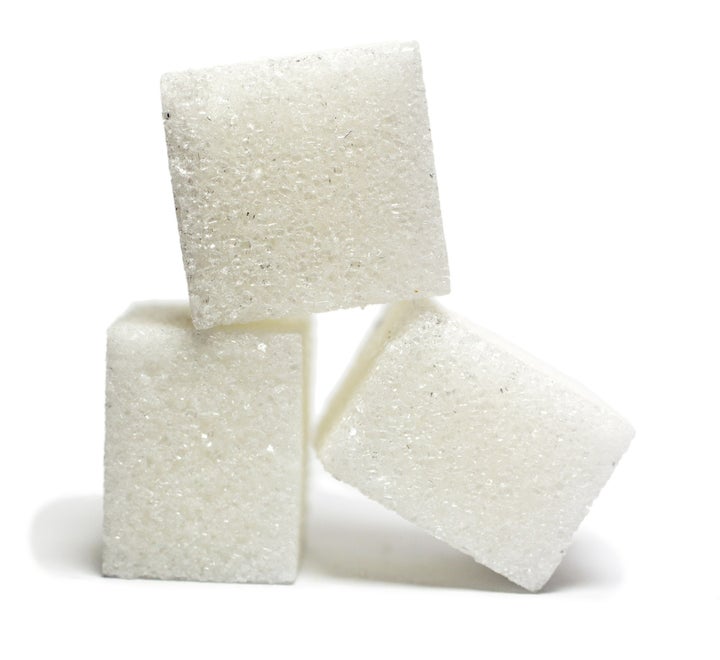
avoid or severely limit added sugars of all kinds
1. Eat less added sugar, processed food and refined grains (white bread, bagels, pasta, white rice, you know the drill). A lot less. According to the sugar science department at UCSF, added sugar is hiding in 74% of all packaged food. And, the majority of carbohydrates in the typical American diet is made of refined grains. This means reading labels folks and knowing how many different names there are for sugar. Just because it’s called “agave nectar” or “cane juice crystals” doesn’t mean it’s any better for you than the white granulated stuff. Your body doesn’t know the difference and once you eat it, it’s all the same to your pancreas (the organ that produces insulin in response to sugar). Click this link to see 61 different names of sugar then run to your pantry and read the ingredients on your packaged food. Prepare for a rude awakening!
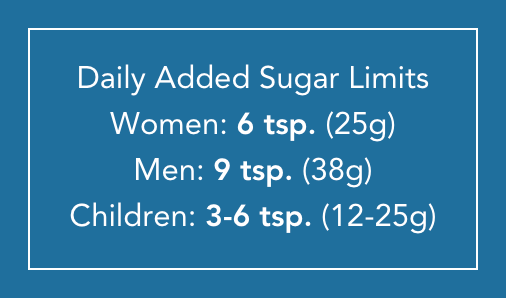
daily sugar limits
2. Exercise More. Contrary to what your body may want to do, you must exercise more regularly as you age, not less! If you’re finding yourself slowing down, gradually start ramping it back up. It’s not a good idea to go from taking an occasional walk to running a 10K. That’s a fast track to getting an injury. But start finding ways to fit more physical activity to your life. The more you exercise, the more insulin sensitive you become (that’s the opposite of insulin resistant!)
Although your diet is the primary factor in weight loss (or gain), there are some sure-fire ways to speed up that weight loss though through exercise.
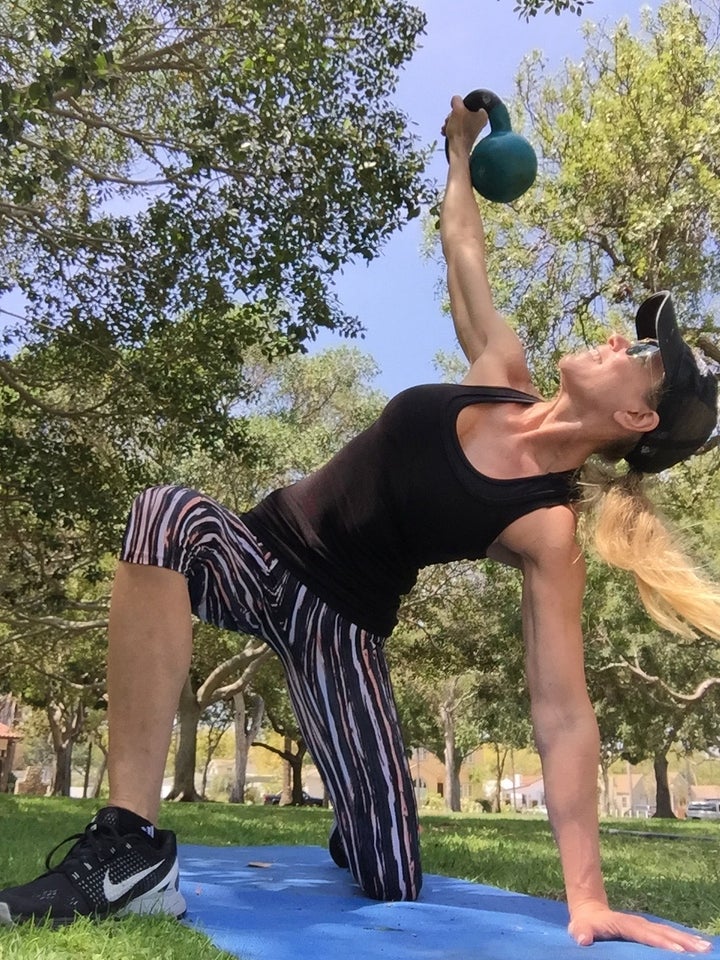
kettlebells for muscle building and fat burning
- More aerobic exercise. You can add intervals with spurts of higher intensity work. This is great if you can’t do longer workouts. Or, you can go longer, gradually trying to add more intensity as you. You’ll find cardio machines at the gym that have these workouts pre-programmed.
- More weight training. Listen up ladies. You NEED this. Remember, we naturally lose muscle as we get older. The only way to get it back is to build it. The sooner you start, the better.
3. Keep a food journal or use an app to track what you eat. As we get older, our metabolisms naturally slow down. That means you need less food. If you’re still eating as much as you did in your 30’s, you’ve probably had to buy a whole new wardrobe or 2 by now. Apps like “My Fitness Pal” or “Lose It” help making weight loss goals easier by keeping you on track. Or you can go old school and write everything down then look up the calories. Not all calories are created equal, but one is for sure, taking in more than you burn leads to more body fat.
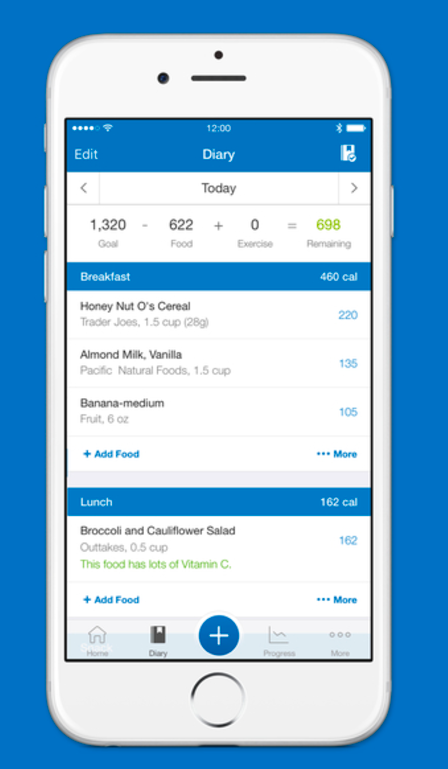
my fitness pal app
Pay attention to how you feel after eating certain types of foods and notice what makes you good and what makes you feel crappy.
4. Take probiotics to aid in digestion.
5. Eat more anti-inflammatory foods high in omega-3s, along with garlic, turmeric, cocoa, tea and berries.
6. Eat more high-quality protein. Higher protein diets have been shown to help with weight loss.
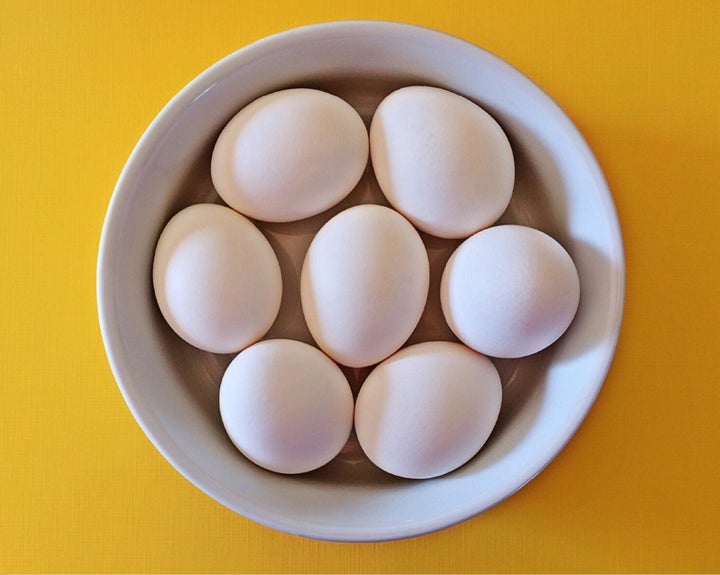
7. Eat more soluble fiber. It fills you up so you feel less hungry, it can increase insulin sensitivity and you know the other reason.
8. Sleep more and stress less. Easy, right? This may be the hardest part. There are plenty of things you can try. Melatonin and or magnesium at night. Massages. Yoga. Meditation. Hot baths before bed. Black out windows and cooler temperature in your bedroom. A good shrink. There’s really no shortage of suggestions. It may be time to experiment if you’re not getting enough good sleep.
9. Talk to your doctor about hormone replacement therapies. HRT’s have been shown to help control weight gain.
Think of this as a quick start guide for what you can do to promote weight loss starting around the perimenopausal years. In future articles, I will go deeper into each of the topics mentioned to help you lose weight and feel better so we can enjoy what should be the best years of our lives! Stay tuned!
Like these tips? Please follow me, like or share the blog!
